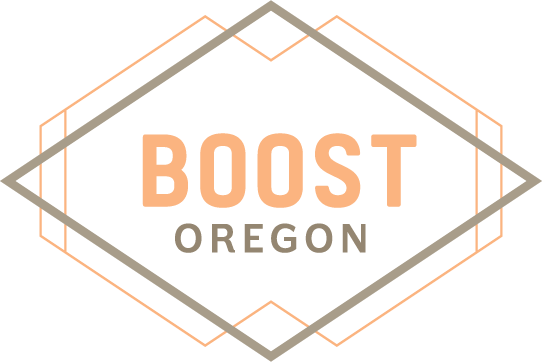Producing Prevention: The Complex Development of Vaccines
Editor’s note: Today’s post is brought to you by Allegra Balmadier, guest contributor from MPH@GW, the online Master of Public Health program from the Milken Institute School of Public Health at the George Washington University.
I’m happy to return for another guest post (see my first guest post here) to share a new resource from MPH@GW that includes useful vaccine-related terms, as well as an easy-to-understand walkthrough of the phases of vaccine development.
For anyone who’s ever wondered who, besides scientists, is involved in the production of vaccines, this resource delves into the various people and the roles they play in bringing vaccines to the public.
Vaccine terms and facts
Vaccine-related terms, though commonly heard, aren’t always easy to understand. Here’s a rundown of a few of the most common terms:
Immunization: Any process by which a person becomes protected from a disease. This could be a vaccine, or a virus that imbues its host with resistance to a particular illness in the future.
Vaccine: A product that produces immunity from a disease. This can be administered via needle injection, by mouth or aerosol.
Vaccination: Injection of a killed or weakened organism that produces immunity in the body against that organism. This is a key ingredient of an effective vaccine, it helps weaponize our immune systems against that disease and creates antibodies that can fight a full-blown version of the illness.
To learn more about these terms, visit the full article at the GW Public Health Online Blog.
How vaccines are developed
How are vaccines made? Who makes them?
There are six major phases to develop a vaccine: exploratory, pre-clinical, clinical development, regulatory review and approval, manufacturing, and quality control. These phases involve and build upon extensive research, testing and approval from the U.S. Food and Drug Administration (FDA).
This process could not happen without several stakeholders like researchers, policymakers and medical professionals. Outside of the scientific community, nongovernmental organizations help facilitate immunizations to communities in need, and the media elevate the profile of a disease and keep the public informed on a vaccine’s progress, challenges or dangers.
Without the involvement of these people, their skills and input, we wouldn’t have a way to protect ourselves from preventable diseases.
Understanding the development of vaccines is particularly important now, given the rise of measles outbreaks across the country. In 2018, the U.S. experienced 372 cases of the measles, and 2019 has already surpassed those numbers just four months in.
Spikes like this can be caused by imported cases (people who come to the U.S. already infected), but many cases are due to larger populations of unvaccinated individuals. Those who choose not to get vaccinated or do not vaccinate their children, put others at risk for infection.
Spreading factual information about vaccine development is essential to the work we do at MPH@GW — we hope it helps you understand that vaccines are safe and effective, and also gives you the confidence to participate in critical conversations in your own community.
See the complete resource: Producing Prevention: The Complex Development of Vaccines.
Learn more
How to protect your infant or young child from the measles outbreaks in Washington and Oregon
Do you know how vaccines work? Here’s a simple analogy.
